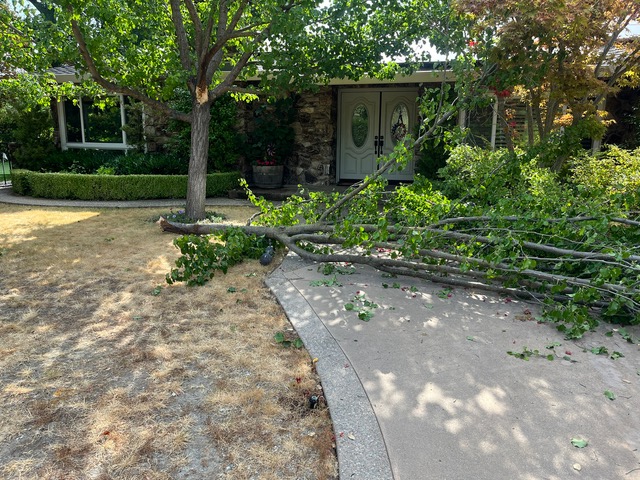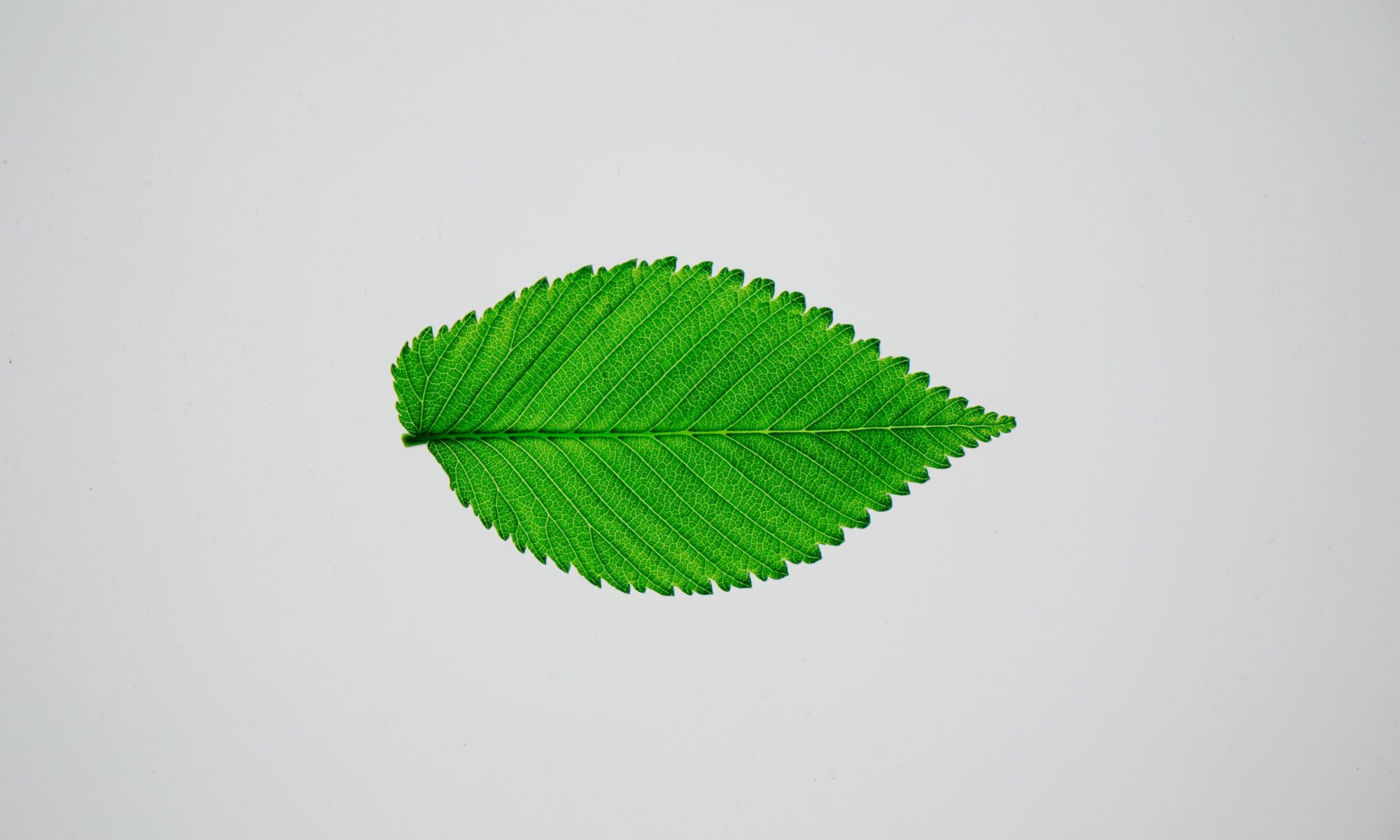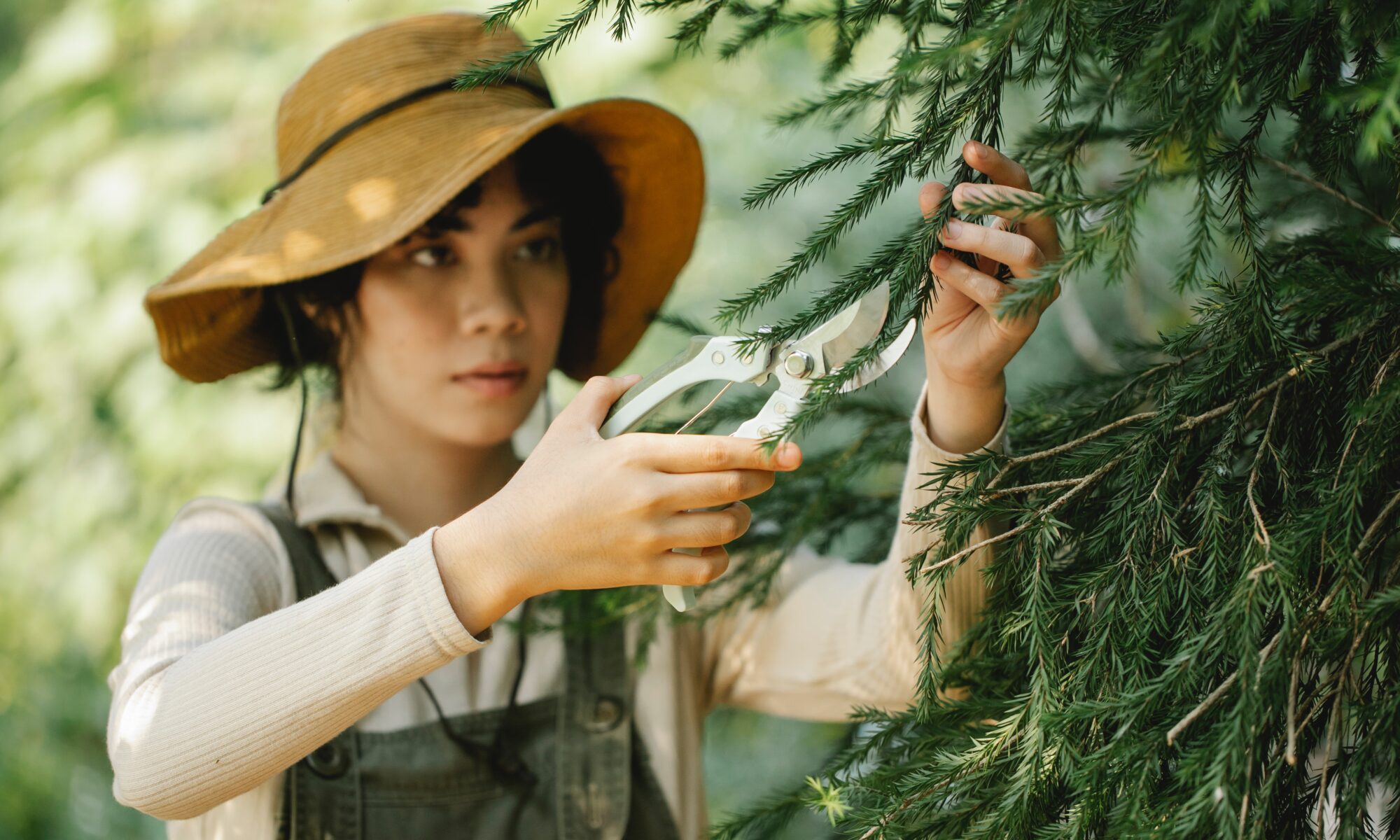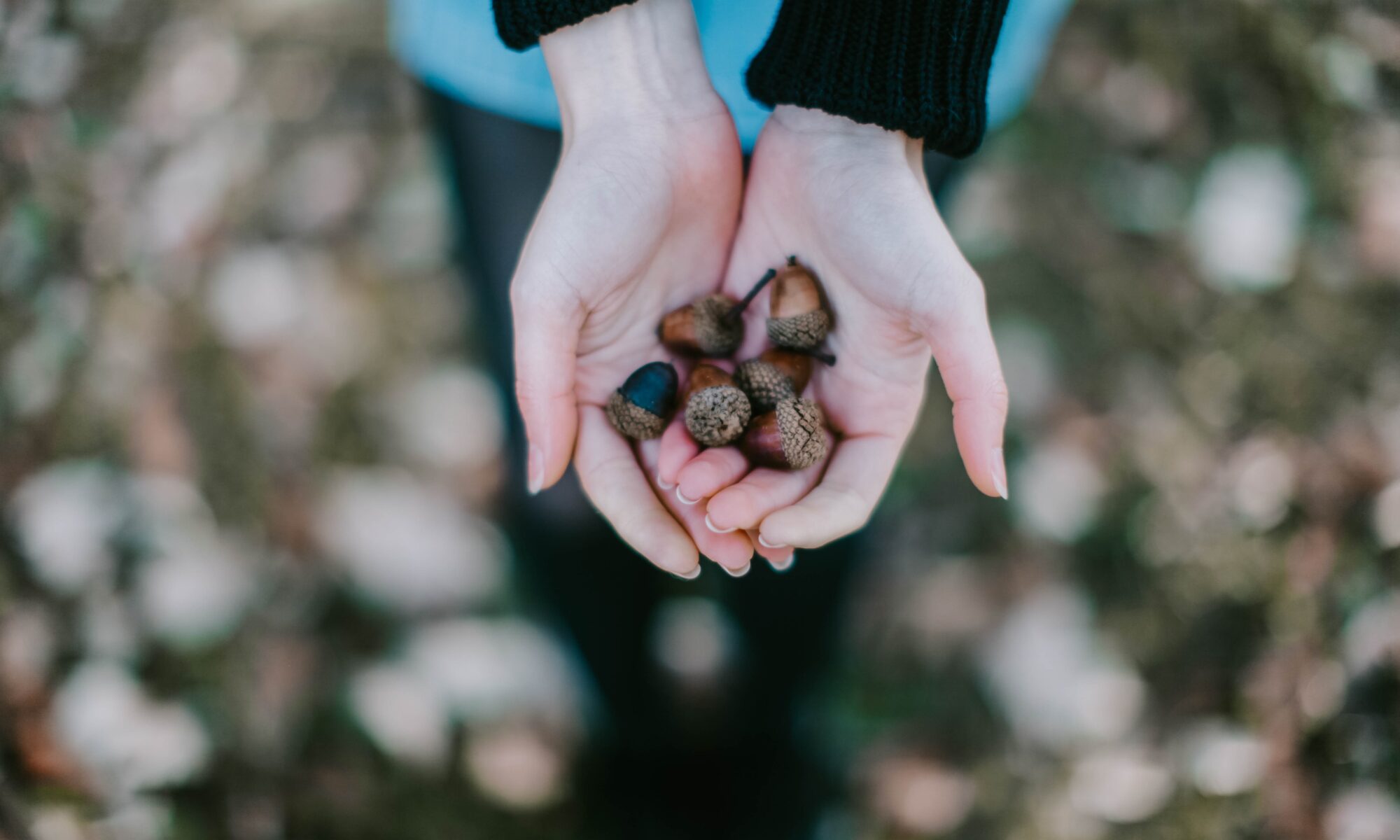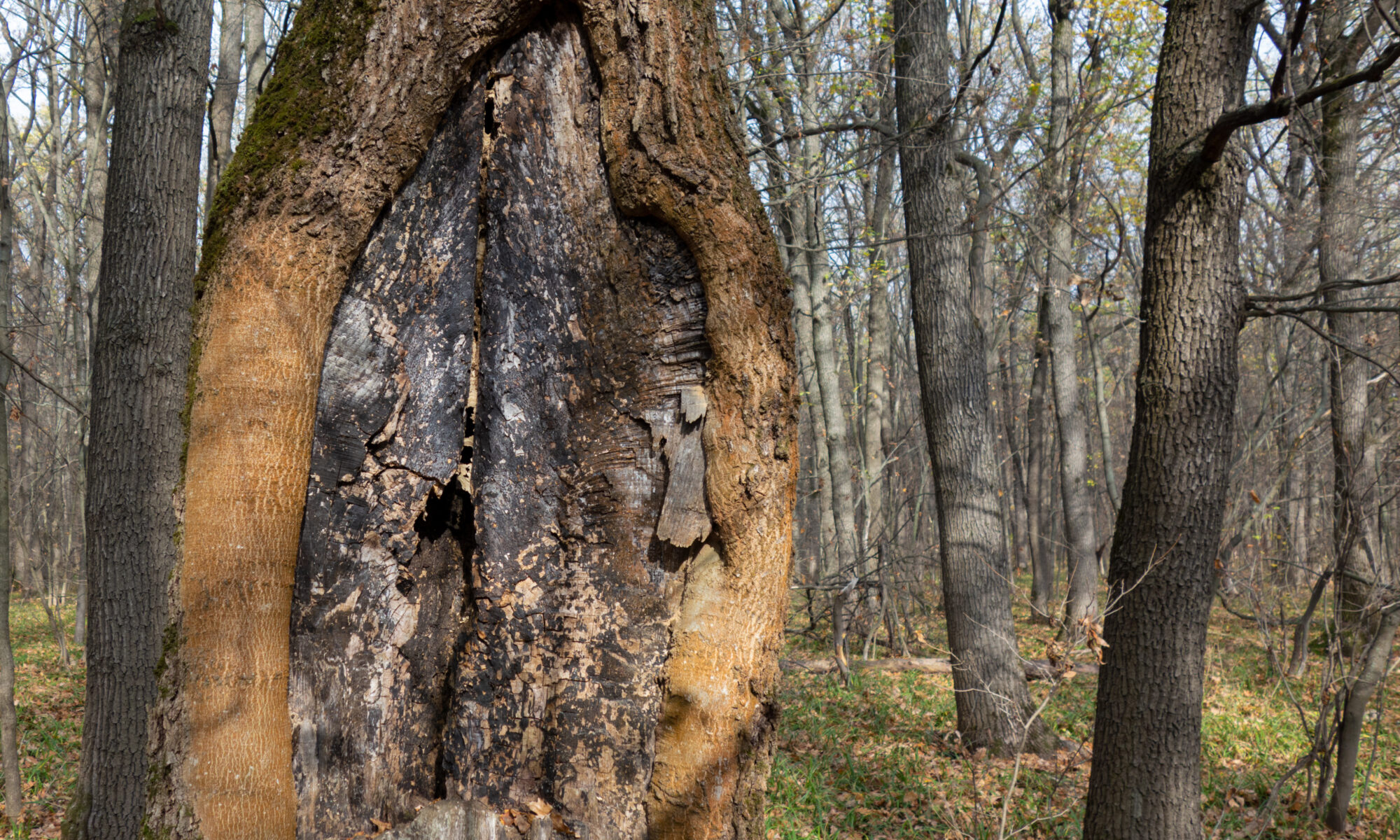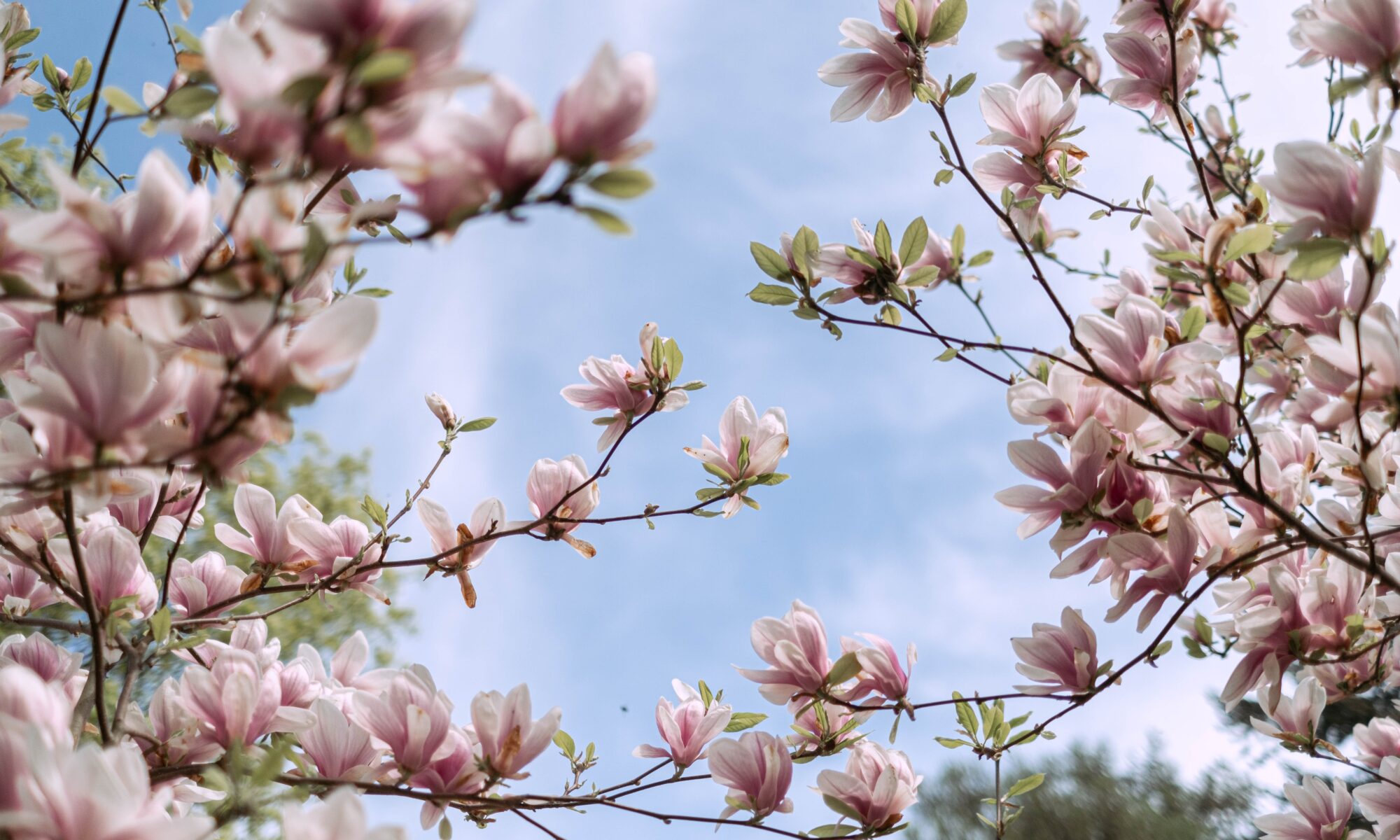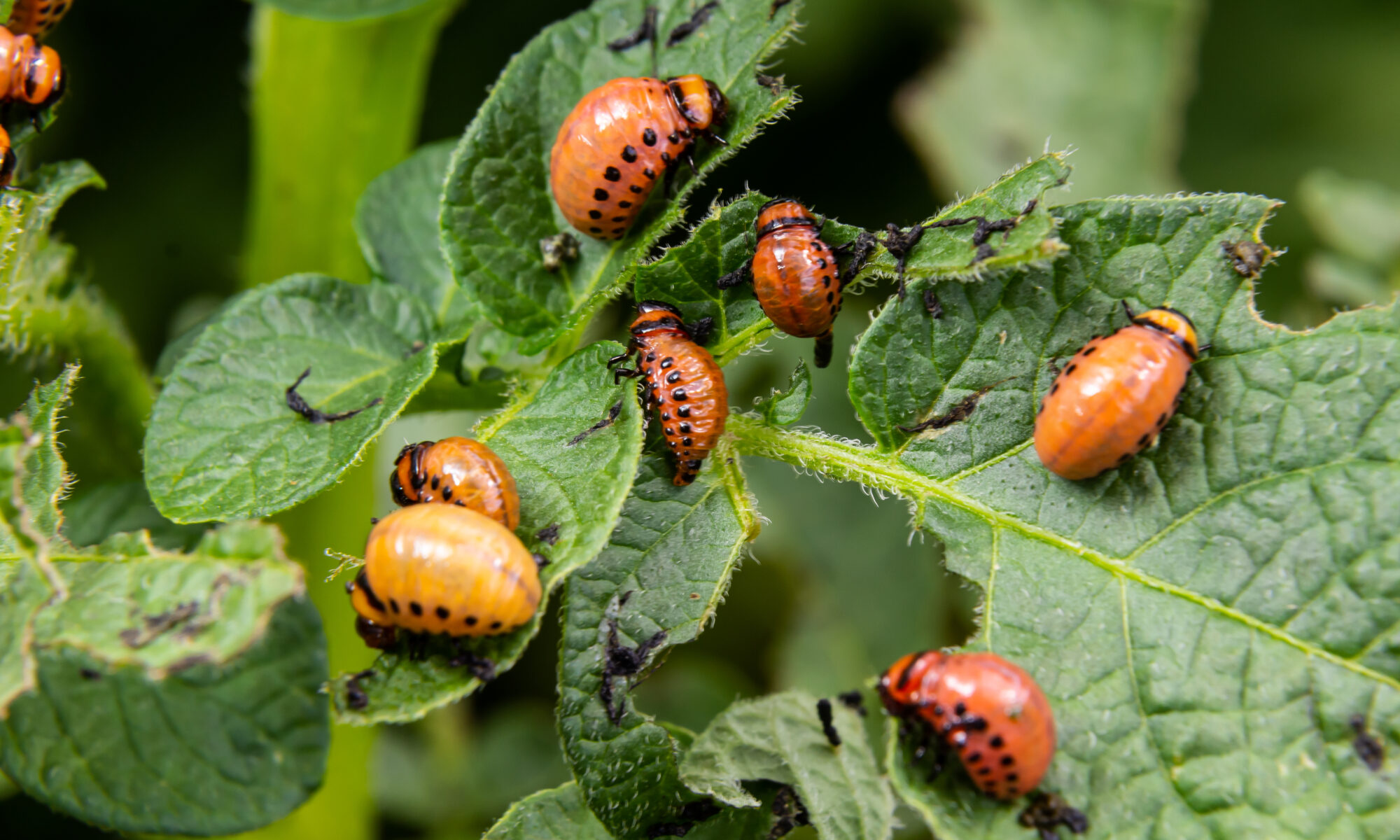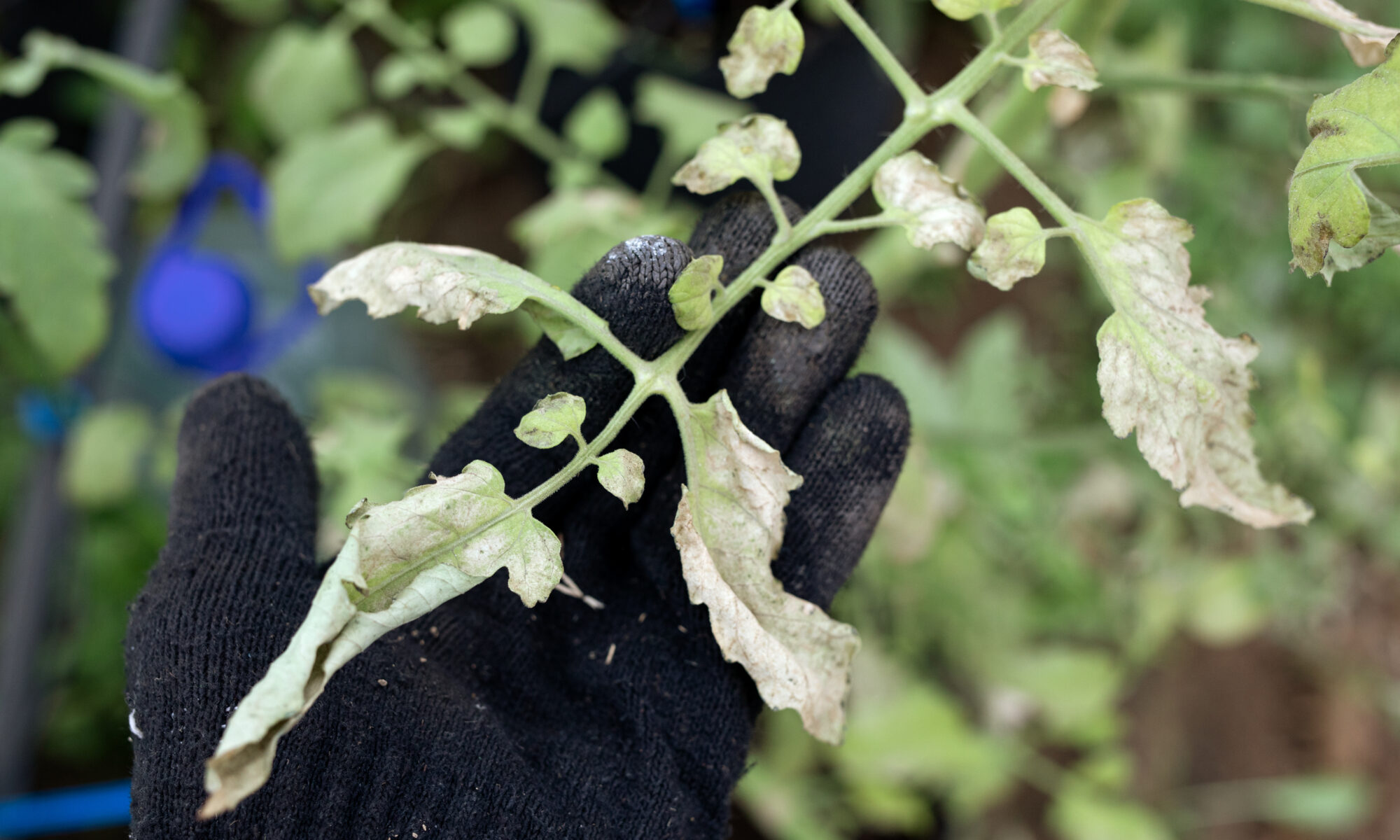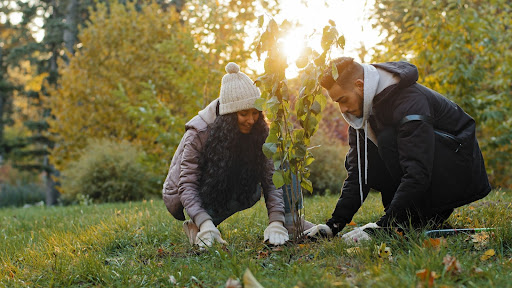There’s an old saying: “In nature, nothing is perfect, and everything is perfect.” While the imperfections of nature often add character to our environment, there are times when these imperfections, like overhanging or dead tree branches, can pose serious dangers. Whether you’re an ardent gardener or someone who simply enjoys their backyard, understanding the ins and outs of tree branch removal is essential to ensure the safety and beauty of your haven.
As the seasons change, trees undergo a natural transformation. Leaves fall, new buds emerge, and sometimes branches wither away. It’s a beautiful cycle of life and death, growth and decay. However, while nature has its way of managing these transitions, in our urban and suburban landscapes, a dying or precarious tree branch can be a ticking time bomb. Not only can it ruin the aesthetics of a well-maintained garden, but it can also become a hazard waiting to wreak havoc.
The solution? Timely and safe tree branch removal.
Why Remove Tree Branches?
Tree branches aren’t just a minor inconvenience; they can pose serious risks.
- Safety: Dead or damaged branches can fall unpredictably. This can cause injuries, especially if kids or pets frequent the yard.
- Health of the Tree: Removing dead or diseased branches can often help prevent the spread of diseases or pests, ensuring that the tree remains healthy and vibrant.
- Aesthetics and Property Value: A well-maintained tree can boost the curb appeal of your property. On the other hand, an unkempt tree can detract from its beauty.
- Protection of Property: Falling branches can damage rooftops, vehicles, and power lines. This not only results in hefty repair bills but can be a fire hazard in proximity to electrical lines.
When Should You Remove Tree Branches?
Understanding the timing for branch removal is crucial.
After a Storm
Storms can break branches or make them unstable. After a storm, inspect your trees for any visible damages.
Seasonal Pruning
Some trees benefit from seasonal pruning, usually during late winter or early spring when they’re dormant. For example, oak trees are best pruned in winter to prevent the spread of oak wilt disease.
Spotting Disease or Pests
If you notice branches with signs of disease, such as fungi or unnatural discoloration, or branches that are infested with pests, it might be time for removal.
Overgrowth
If branches are obstructing pathways, views, or even growing too close to the house, they should be considered for removal.
How to Safely Remove Tree Branches
Branch removal isn’t as simple as grabbing a saw and hacking away. There’s an art and a science behind it, and most of the time it’s best to leave it to the professionals.
Tools for the Task
If you opt to DIY, you’ll need the right tools for the job. This includes:
- Hand pruners for small branches
- Loppers for branches up to 2 inches in diameter
- Pruning saws for larger branches
- Safety gear: gloves, safety goggles, and a hard hat
Proper Cutting Technique
Locate the Branch Collar: This is the swollen area where the branch meets the tree trunk. Always cut just outside this area.
Use the Three-Cut Technique for Large Branches: First, make a small cut on the underside of the branch a few inches away from the trunk. This prevents the bark from tearing.
Next, move a few inches away from the first cut, and cut all the way through the branch from top to bottom.
Lastly, remove the small stub that remains, cutting just outside the branch collar.
Never Top a Tree: This means cutting the main branches off the top of trees. It can lead to decay and unstable new growth.
Safety First!
Always work with a partner. They can help spot any issues and assist if an emergency arises.
Avoid working near power lines. If branches are close to these lines, always call in professionals.
Be cautious with ladders. Make sure they’re on stable ground, and always have someone holding them steady.
The Facts Speak for Themselves
📊During 1992 through 2007, a total of 1,285 workers died while performing tree care and maintenance; 44% were trimming or pruning a tree when fatally injured.
📊 While trimming might not prolong a tree’s natural life, consistent and correct pruning can address problems that may reduce its lifespan. Enhancing a tree’s structure can lessen the chances of branch damage or tree collapse, which can influence its longevity.
📊 A well-maintained landscape can add up to 20% to a property’s value.
Professionals Do It Best
The DIY spirit is commendable. However, when it comes to tasks like tree pruning and removal, it’s crucial to remember that professionals truly do it best.
Here’s why:
- Expertise and Knowledge: Professional arborists and tree service providers have undergone extensive training. They can identify different tree species, know the best time to prune each one, and can spot diseases or pest infestations that an untrained eye might miss.
- Safety: Tree removal or pruning, especially for tall or expansive trees, can be hazardous. Professionals come equipped with the necessary safety gear and tools, ensuring not only their safety but also that of your property.
- Efficiency: With years of experience under their belt, a professional can complete a tree-related job in a fraction of the time it might take someone inexperienced. This efficiency saves you time and potential frustration.
- Tools and Equipment: The right tools make all the difference. Professionals have access to high-quality, specialized equipment that can handle any tree job, big or small.
- Liability: Most professional tree service companies are insured. This means if there’s any accidental damage to your property, you won’t be left footing the bill.
- Holistic Care: Beyond just cutting branches, professionals offer a holistic approach to tree care. They can advise on fertilization, pest control, and other tree maintenance aspects to ensure your trees remain healthy and vibrant.
Tree branch removal is essential for the safety of your loved ones and the health of your trees. When done correctly, it protects your property and ensures that your trees remain a lasting and beautiful presence in your yard.
If the idea of tree branch removal seems daunting, or you believe you have a particularly challenging branch situation, why not let the experts handle it?
Sexy Trees is passionate about maintaining the beauty and health of your trees. We offer expert services with trained professionals, ensuring that your trees get the care they deserve. Don’t risk it; let us bring out the best in your trees. Contact Sexy Trees today and let your trees shine in safety and splendor! 💚🌳✨
 Bringing Sexy Back Into Your Yards
Bringing Sexy Back Into Your Yards 
